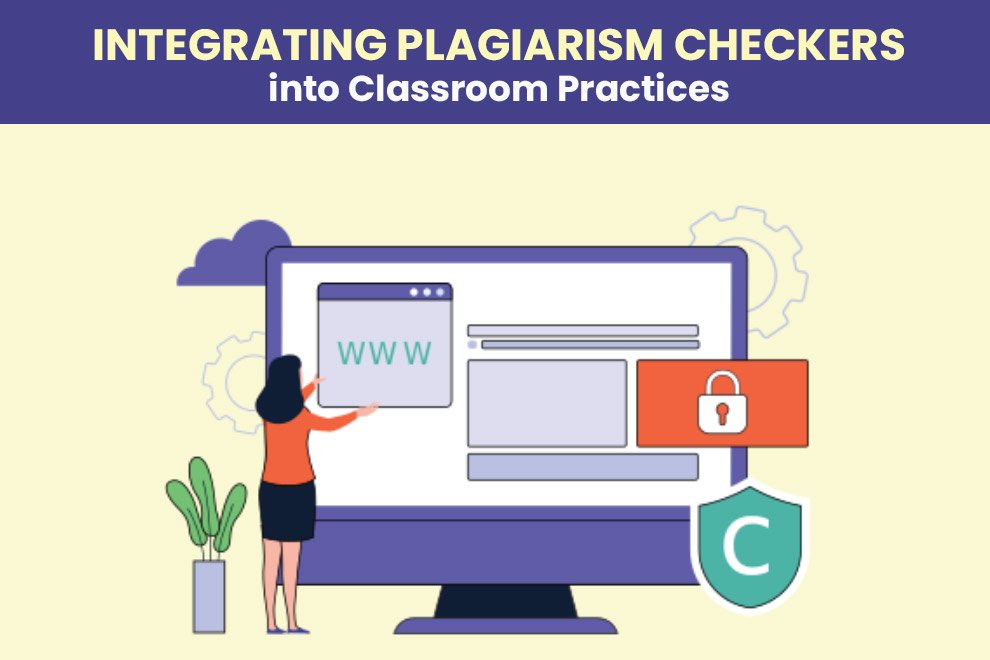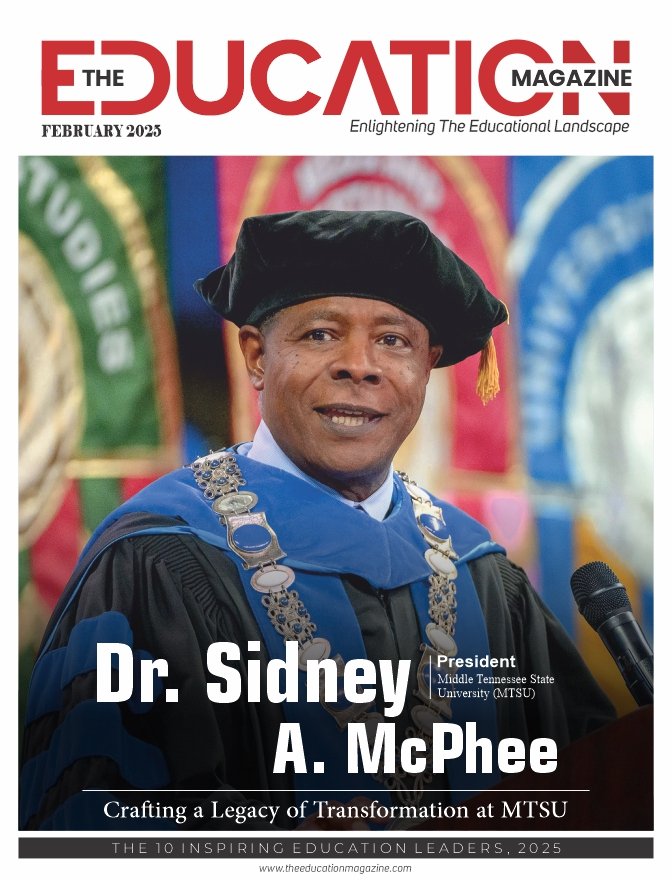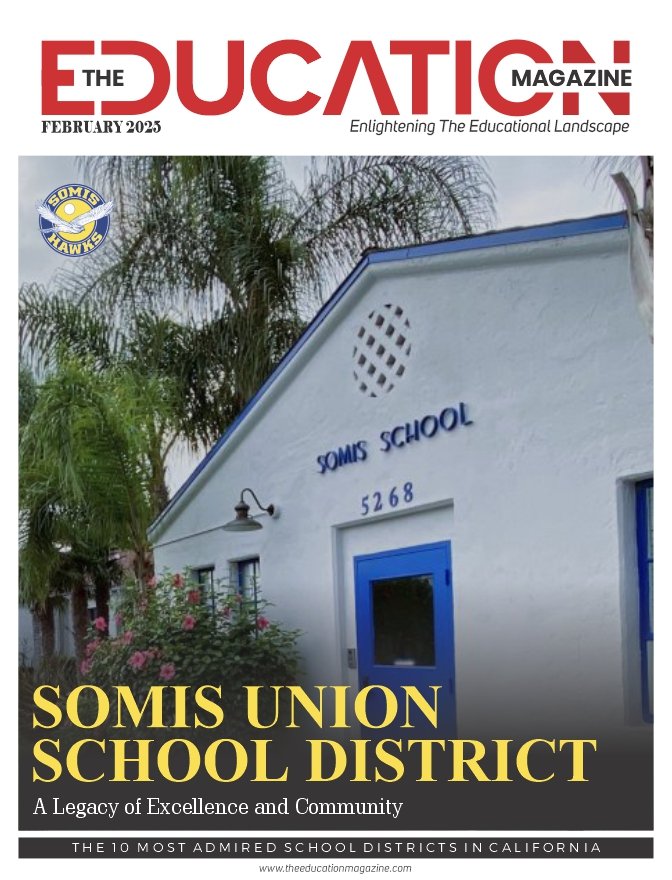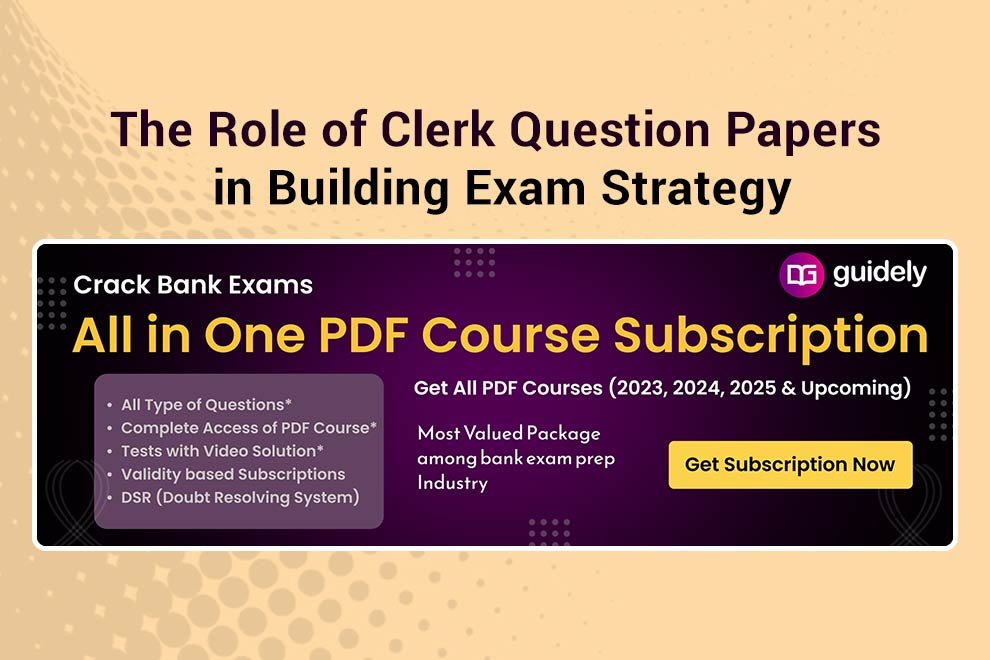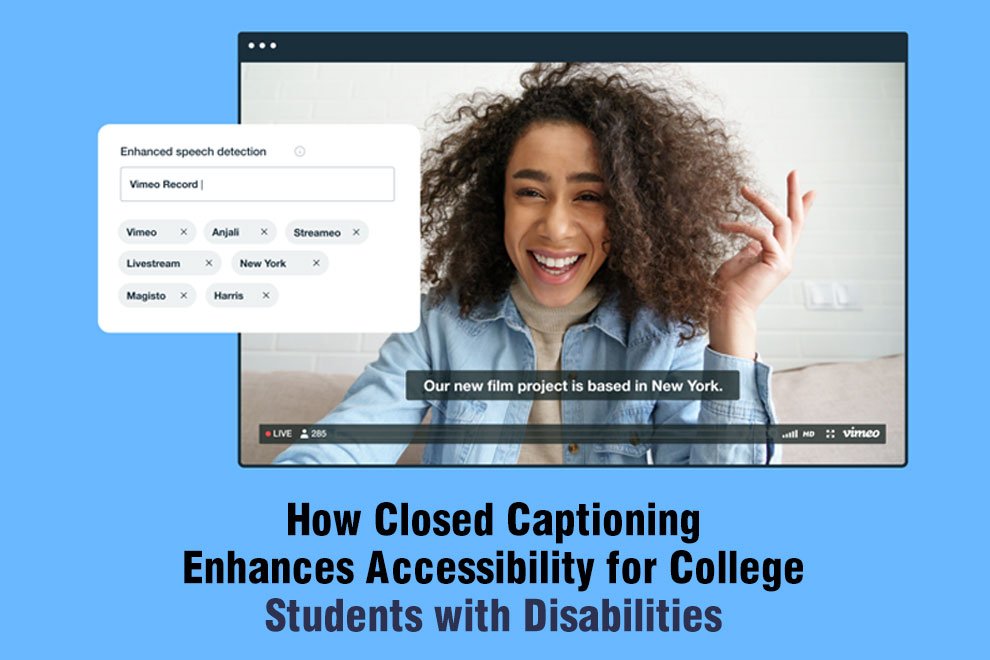In the digital age, where information is readily available at our fingertips, the issue of plagiarism has become increasingly prevalent in educational settings. Plagiarism, the act of presenting someone else’s work as one’s own without proper attribution, undermines the integrity of academia and poses significant challenges for educators. To combat this issue, integrating plagiarism checkers into classroom practices has emerged as a valuable strategy. This article explores the importance of addressing plagiarism, the benefits of using plagiarism checkers, strategies for integration, challenges, and best practices for implementation.
Understanding Plagiarism
Plagiarism takes various forms, from directly copying passages to paraphrasing without citation. It is crucial for students to grasp the different manifestations of plagiarism to avoid unintentional violations. Furthermore, understanding the consequences of plagiarism, such as academic penalties and damage to one’s reputation, underscores the importance of academic integrity. Common misconceptions about plagiarism, such as the belief that changing a few words constitutes original work, highlight the need for education and awareness.
Benefits of Integrating Plagiarism Checkers
Embracing the use of top 10 plagiarism checker tools brings forth a myriad of advantages in educational settings. These tools serve as pillars for promoting academic integrity, fostering a culture of honesty, and instilling accountability among students. By leveraging these top-tier plagiarism checkers, educators provide invaluable educational opportunities for students to grasp the importance of proper citation and attribution. Through the constructive feedback generated by these tools, students not only refine their writing skills but also gain a deeper understanding of academic conventions. Moreover, integrating top 10 plagiarism checker tools streamlines the grading process for educators, empowering them to focus more on delivering meaningful feedback rather than solely identifying instances of plagiarism.
Strategies for Integration
Selecting appropriate plagiarism checker tools is the first step in integration. Educators should choose tools that align with their specific needs and objectives, considering factors such as cost, features, and user-friendliness. Once a tool is selected, incorporating plagiarism education into the curriculum is essential. Students should be taught how to use plagiarism checkers effectively and encouraged to engage in discussions about academic integrity. Establishing clear policies and expectations regarding plagiarism sets the tone for a culture of honesty and integrity in the classroom.
Challenges and Considerations
While integrating plagiarism checkers into classroom practices offers numerous benefits, it also presents challenges and considerations. Cost and accessibility of plagiarism checker tools may pose barriers, particularly for schools with limited resources. Educators must also be mindful of false positives and understand the limitations of plagiarism detection software. Additionally, ensuring privacy and data security when using online plagiarism checkers is paramount. Educators should carefully review the terms of service and privacy policies of the tools they choose to use.
Best Practices for Implementation
To effectively integrate plagiarism checkers into classroom practices, educators should follow best practices. Providing training and support for both educators and students is crucial to ensure successful implementation. Integrating plagiarism prevention strategies throughout the academic year helps reinforce the importance of academic integrity. Open communication and discussion about plagiarism foster a supportive learning environment where students feel comfortable addressing concerns and seeking guidance. Regular evaluation of the effectiveness of plagiarism checker integration allows educators to make necessary adjustments and improvements.
Case Studies and Examples
Examining case studies and examples of successful implementation of plagiarism checkers in different educational settings offers valuable insights. By learning from previous experiences, educators can identify effective strategies and avoid common pitfalls. Student and educator perspectives on using plagiarism checkers in the classroom provide valuable feedback and inform future initiatives aimed at enhancing academic integrity.
Conclusion
Integrating plagiarism checkers into classroom practices is a proactive approach to addressing plagiarism and promoting academic integrity. By leveraging these tools, educators can create a culture of honesty, accountability, and respect for intellectual property rights. Moving forward, it is imperative that educators prioritize academic integrity and continue to explore innovative strategies for plagiarism prevention. By working together, we can uphold the highest standards of scholarship and ensure that students develop the skills and ethical values necessary for success in academia and beyond.
Also Read: Turnitin vs plagiarismchecker.ai: Which is best for plagiarism detection in 2024?
